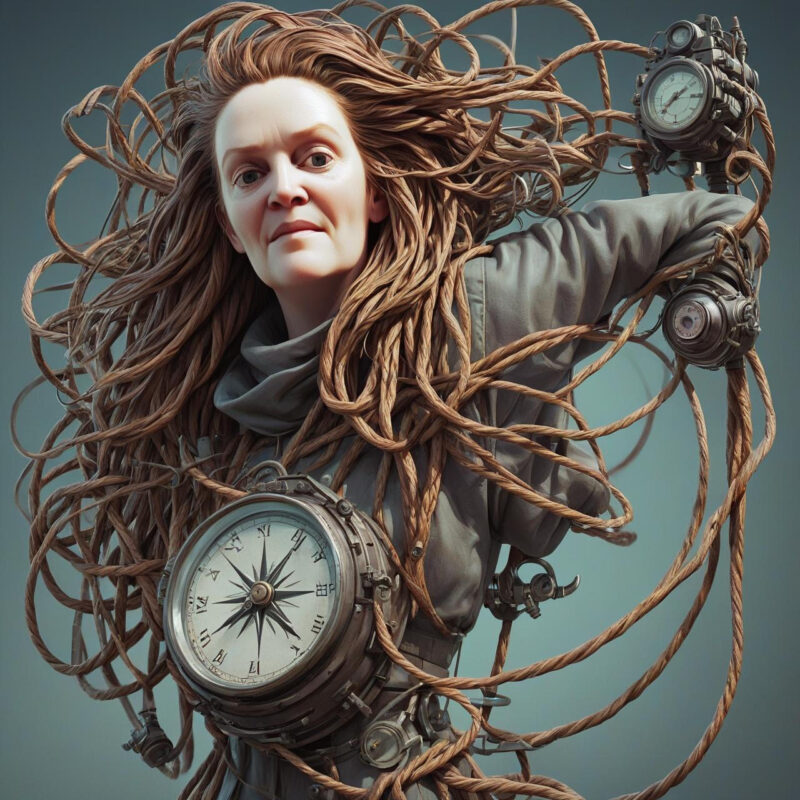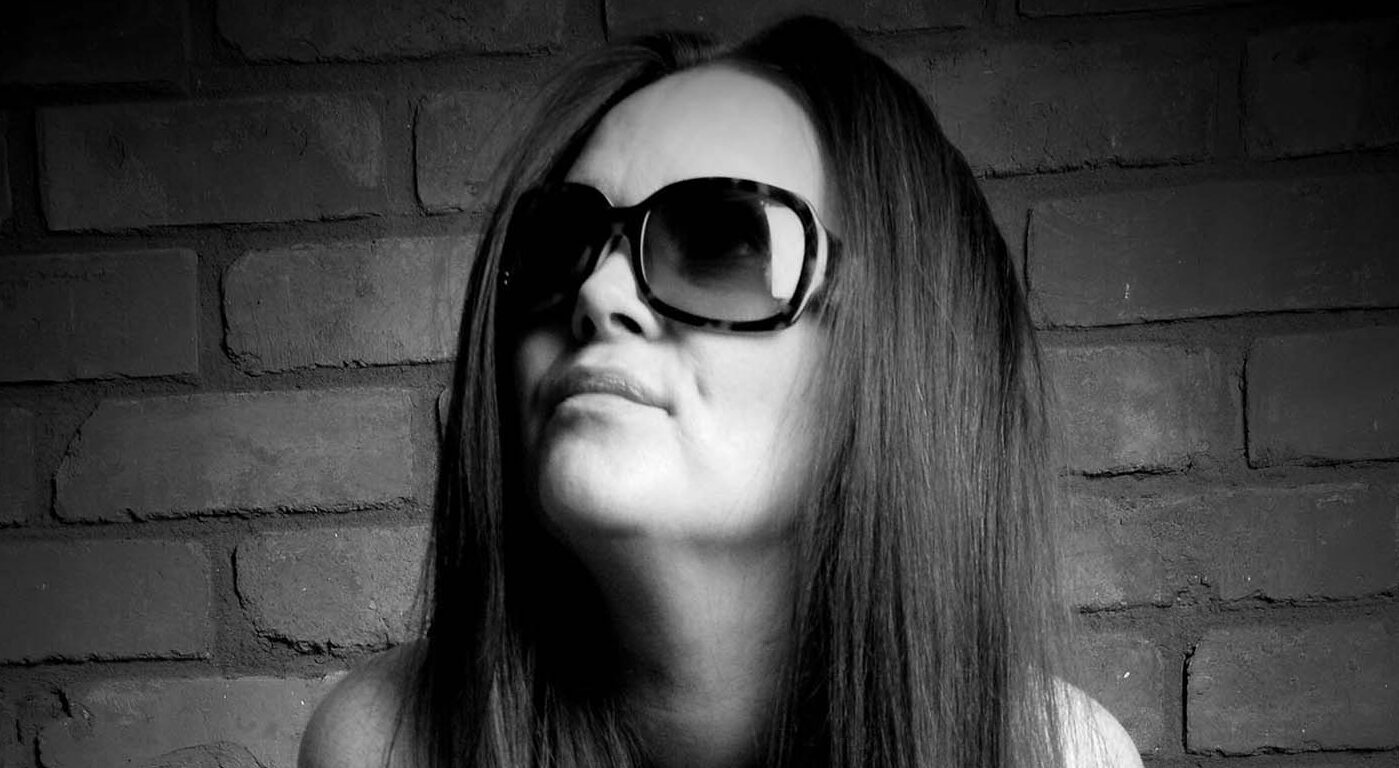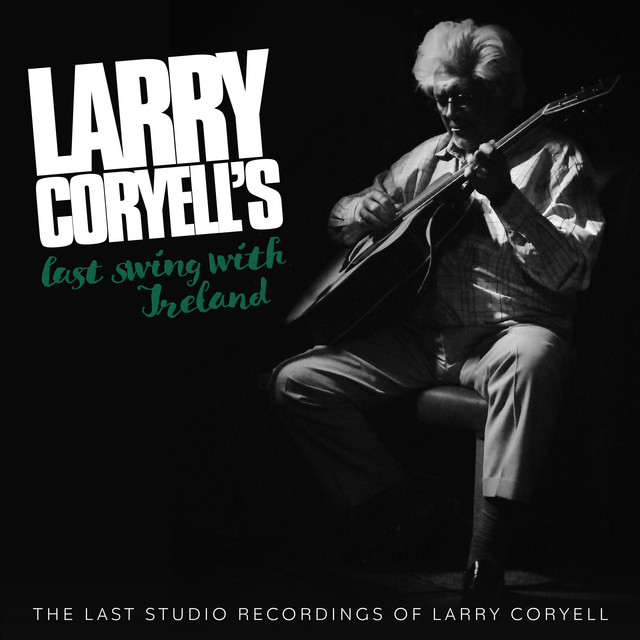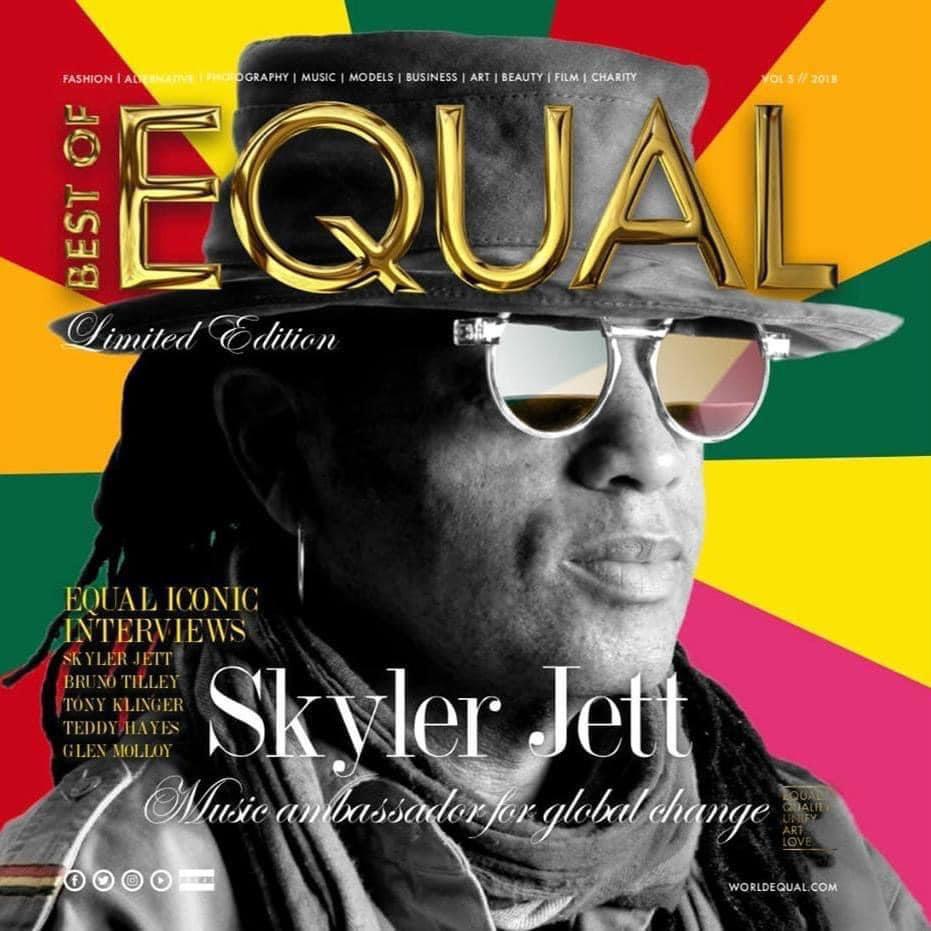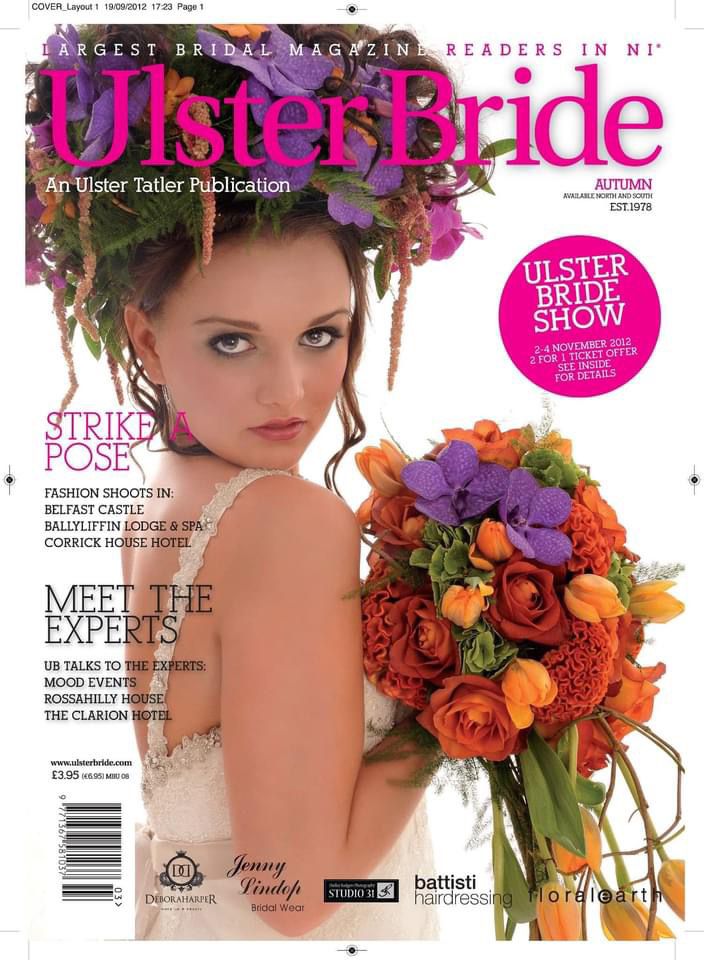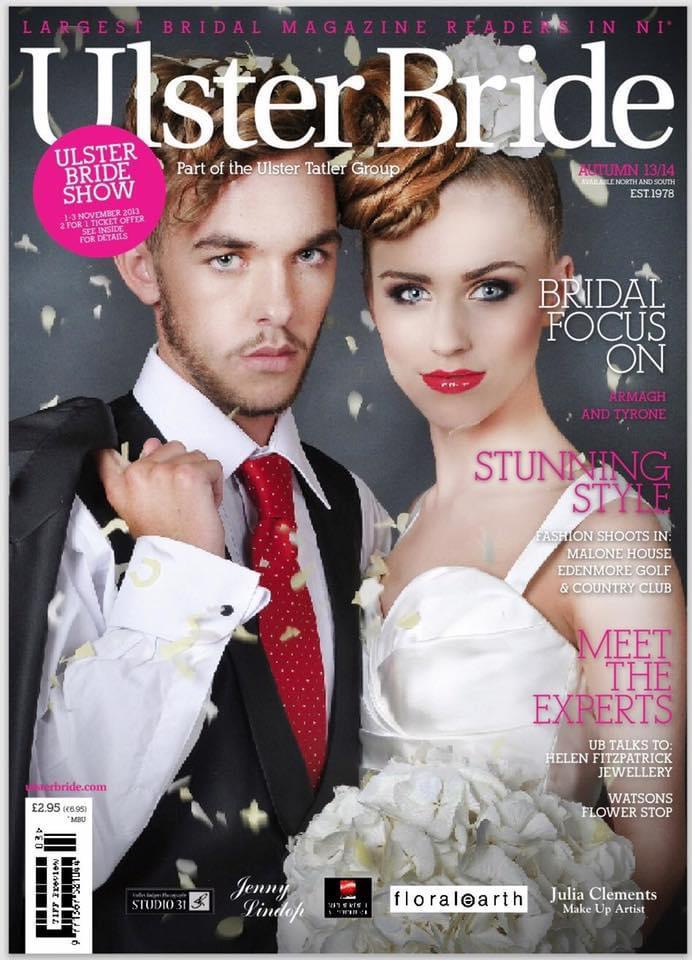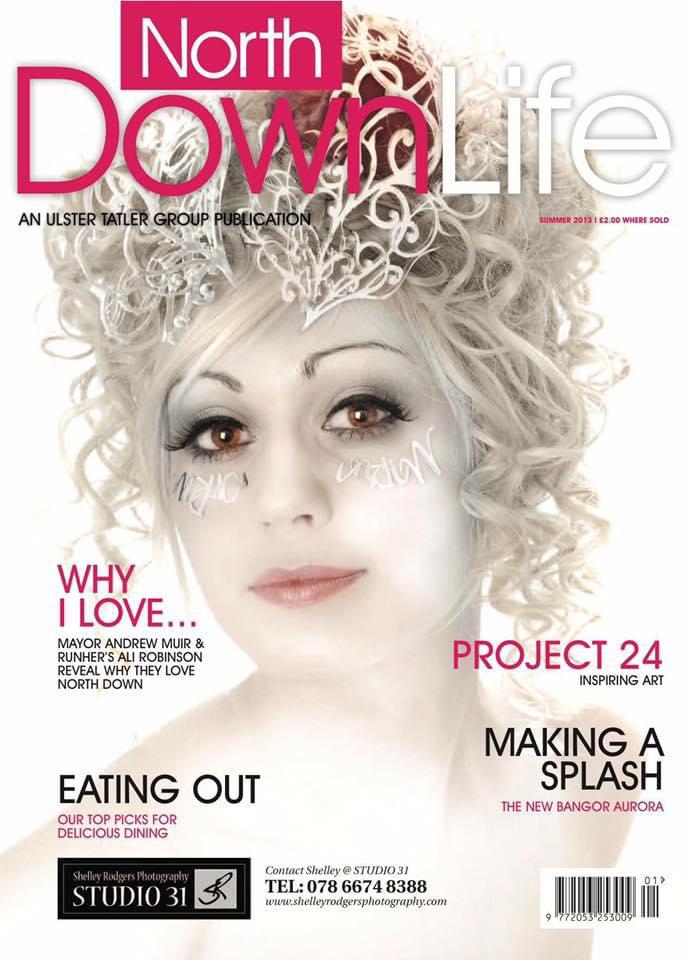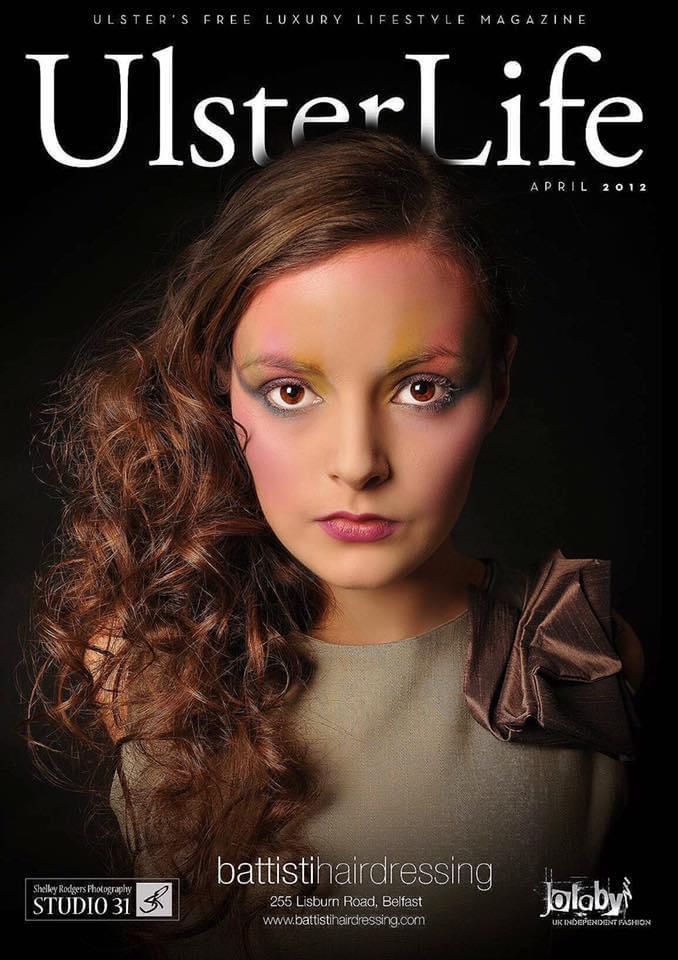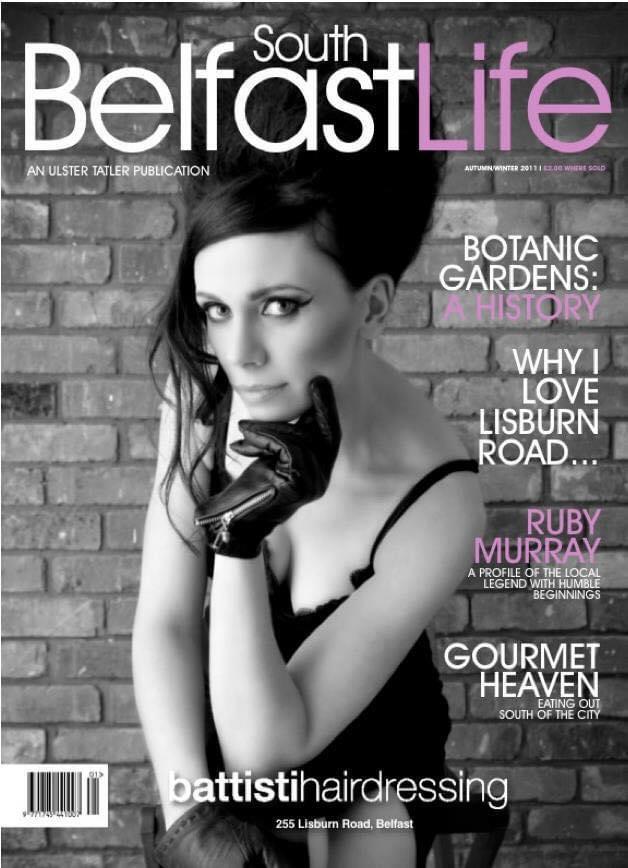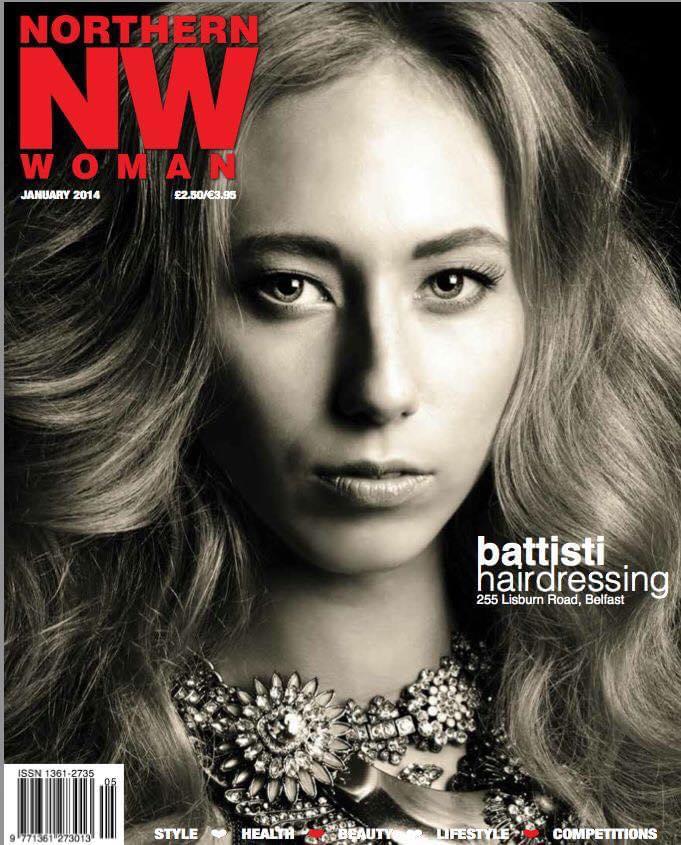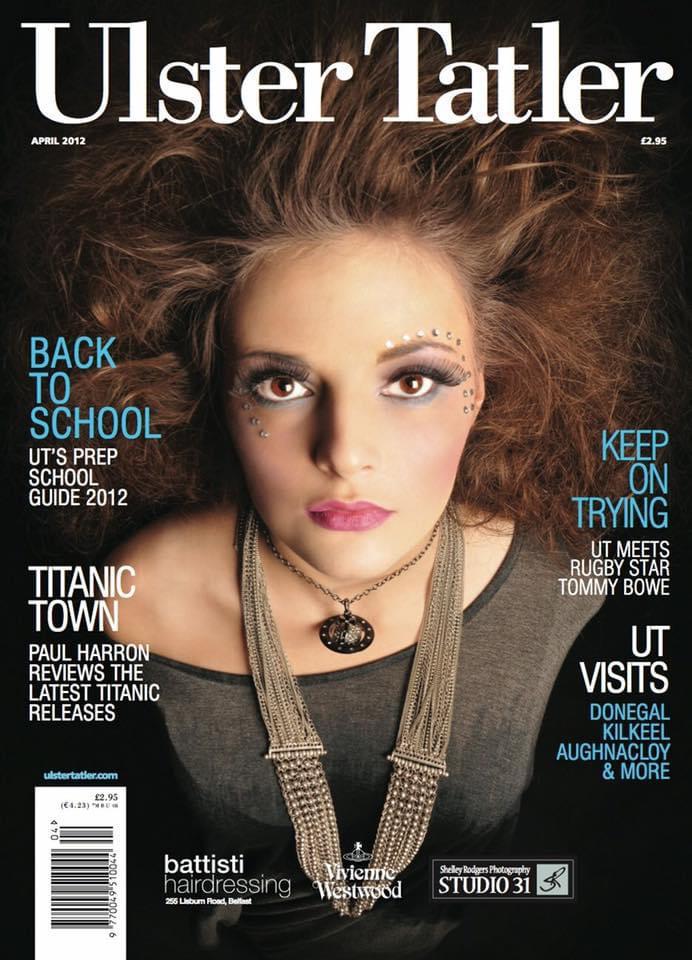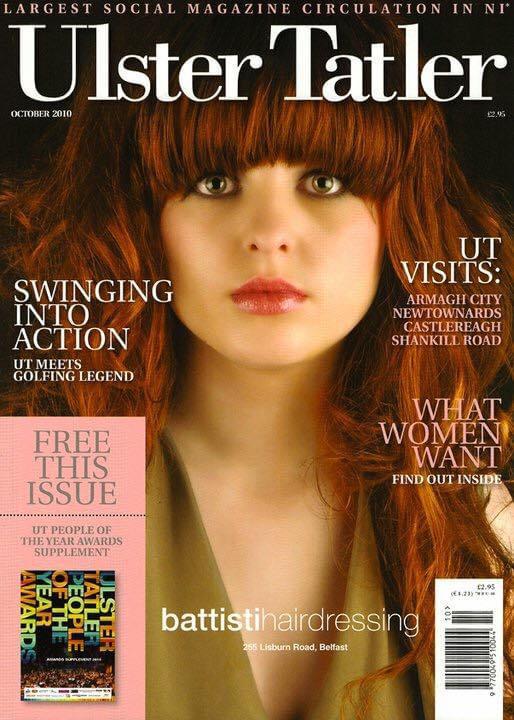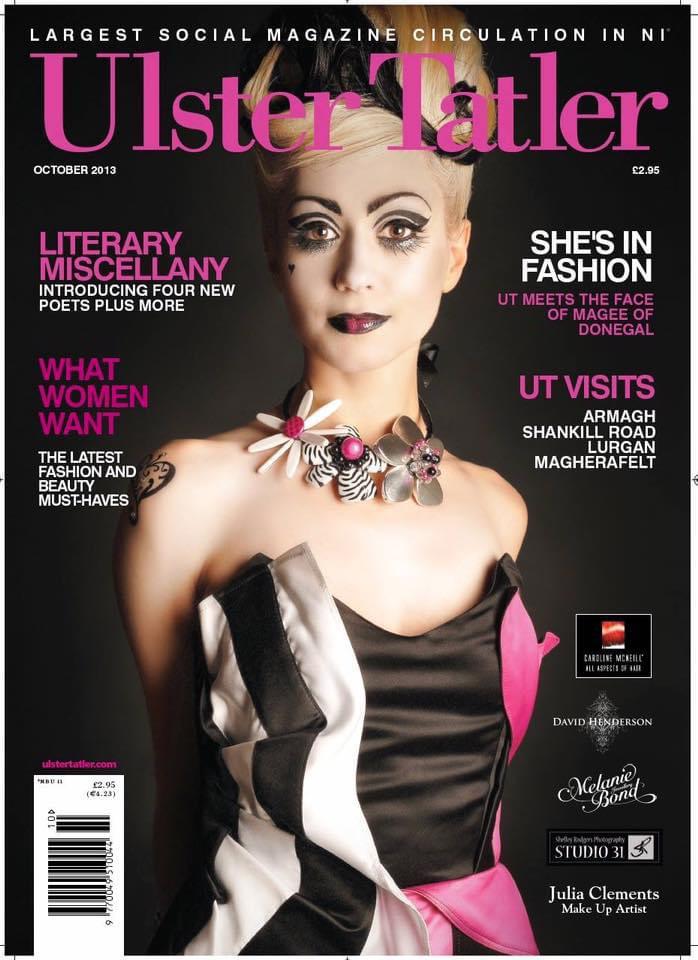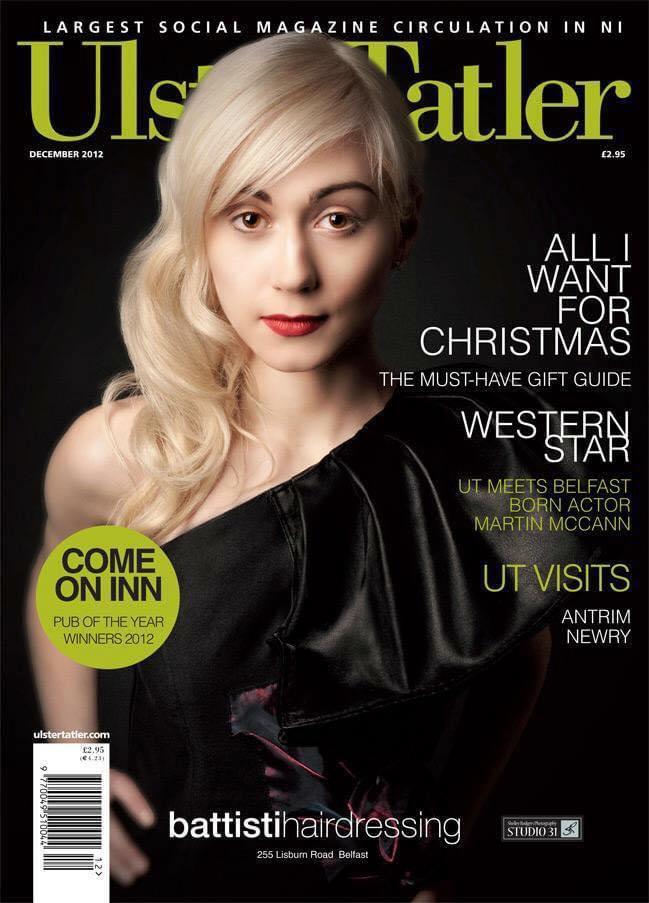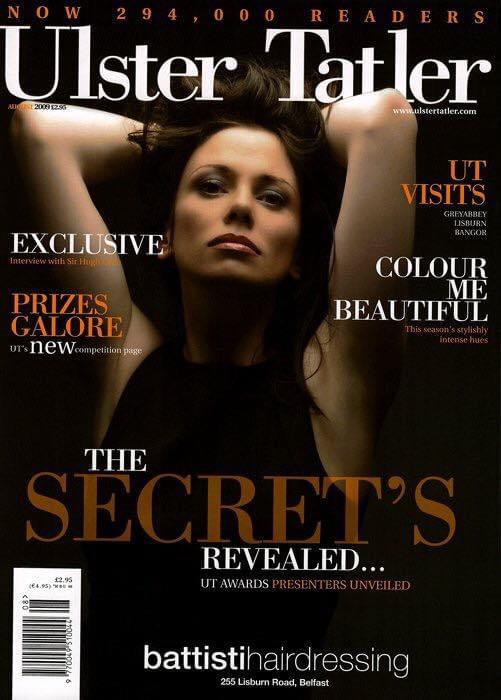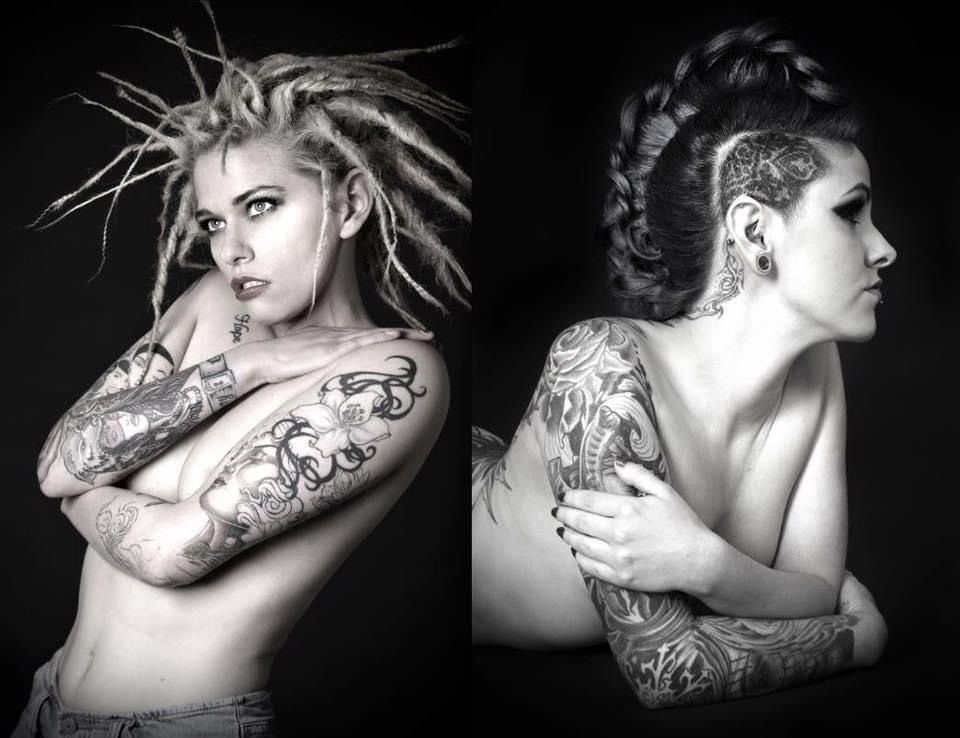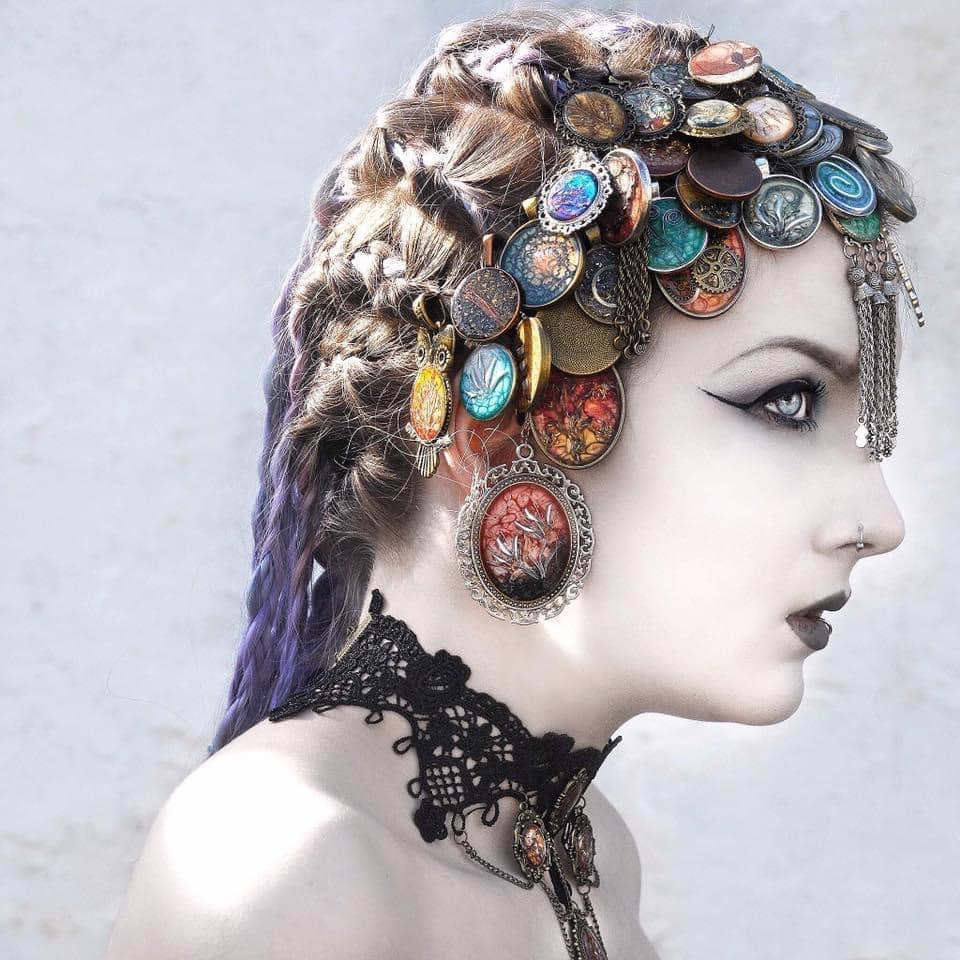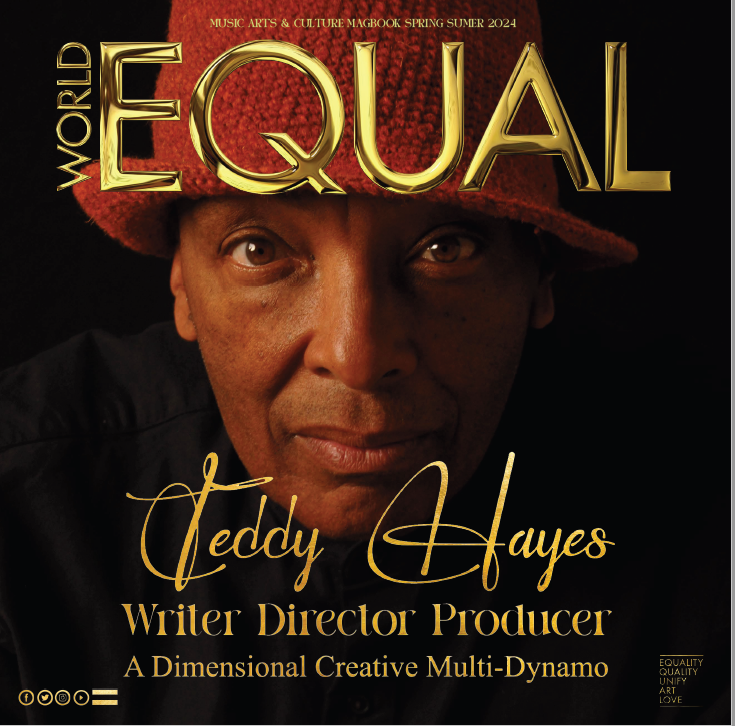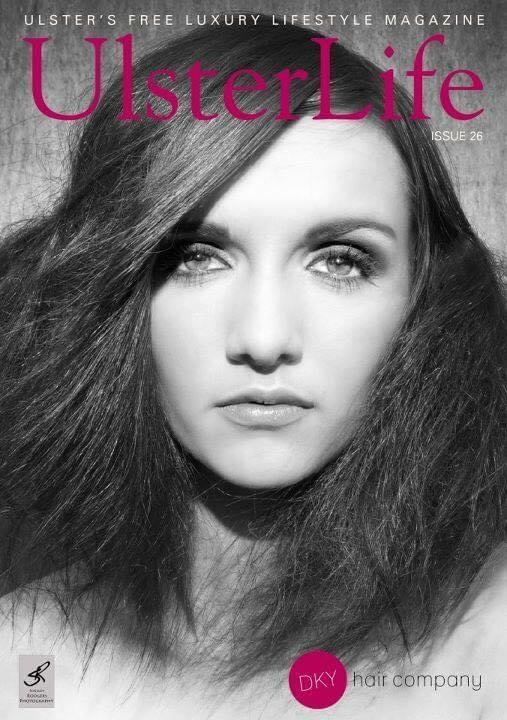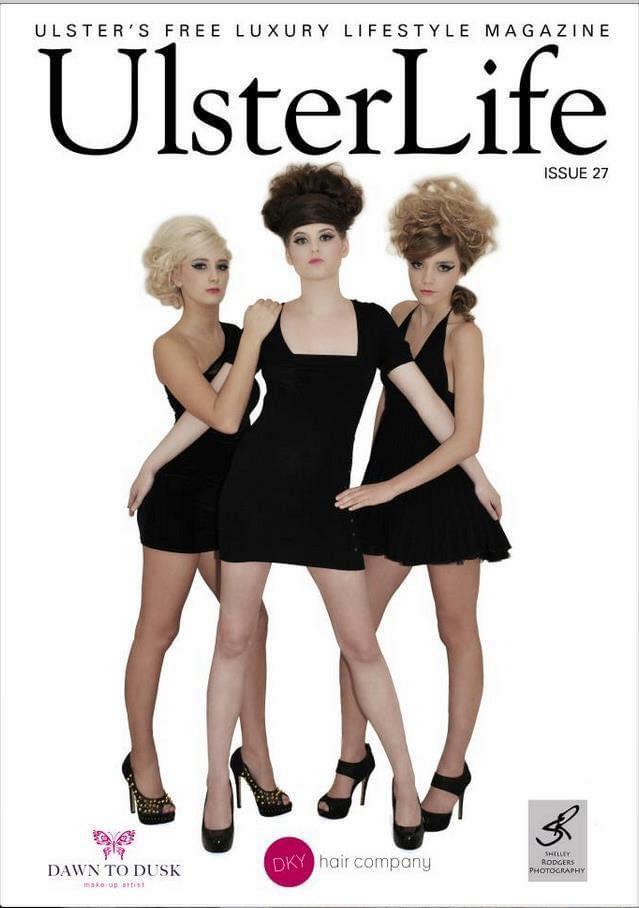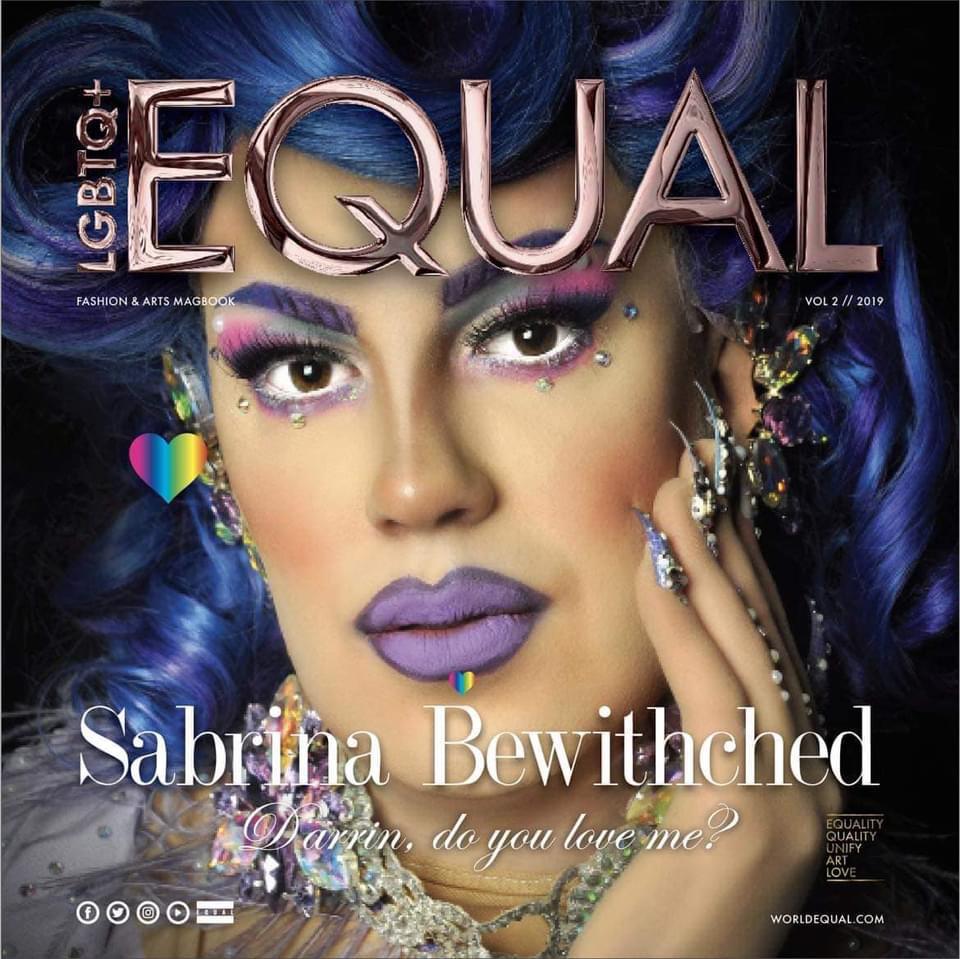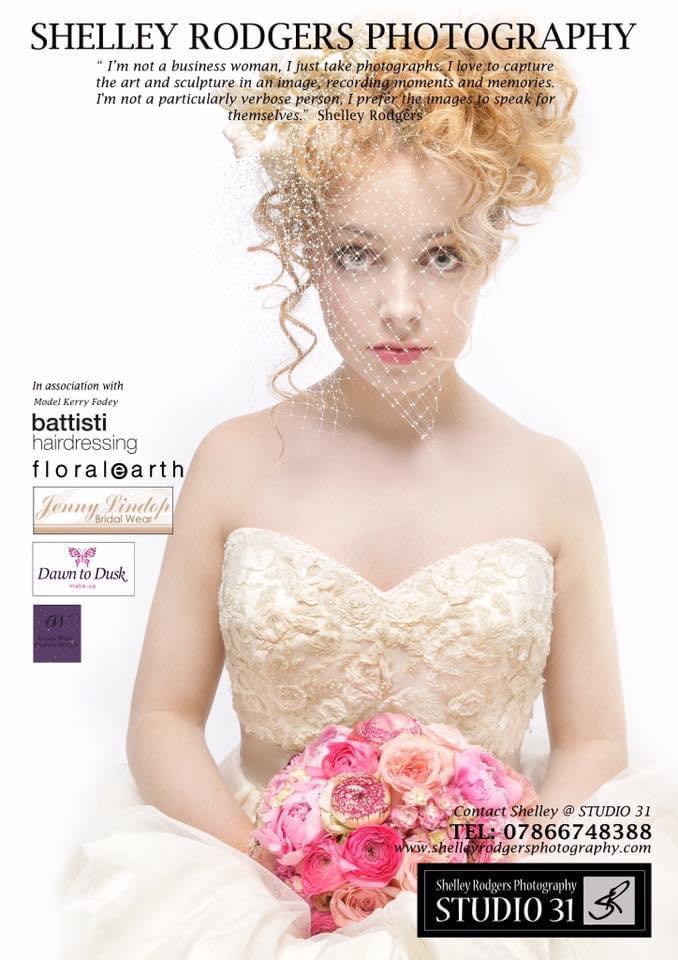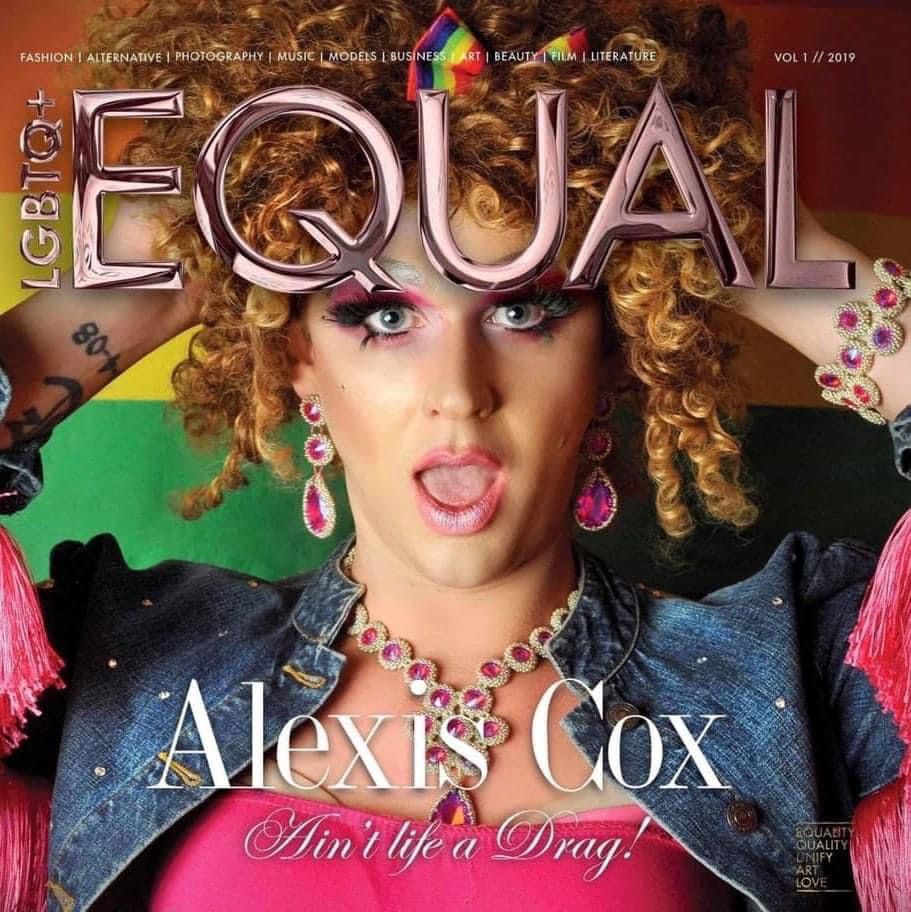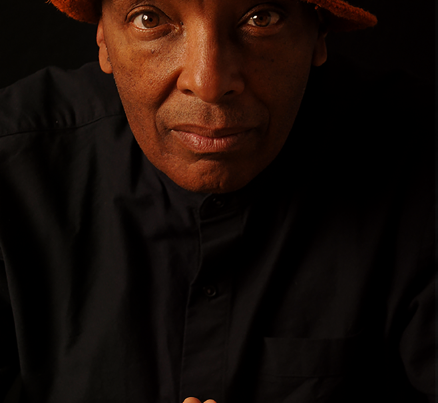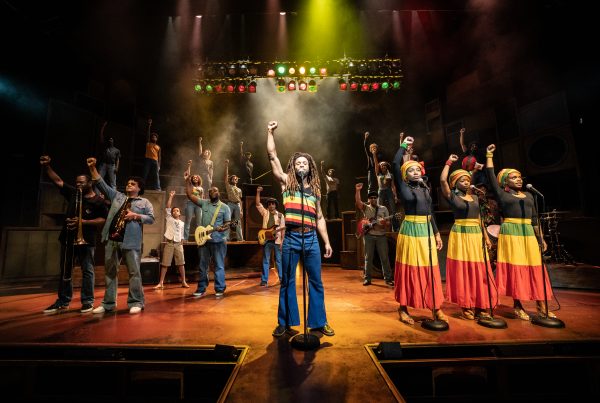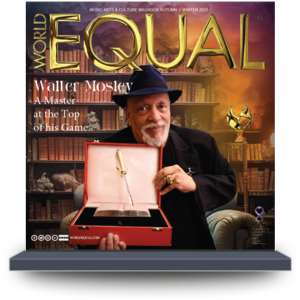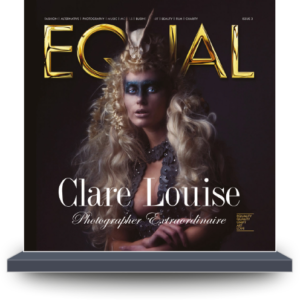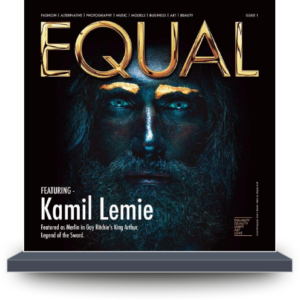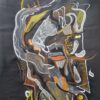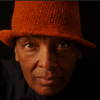Last Updated on 28/05/2024 by Equal
Shelley Rodgers is a Northern Irish photographer and digital creator. Shelley is also the founder, editor and partner in World Equal Magazine. In 2016 she founded the ground-breaking Belfast, London Edinburgh and Newry Alternative Fashion Week.
With qualifications including BA (HONS) in Fine Arts and Applied Arts, PGCFHE in teaching further and higher education and an MFA in Fine and Applied Arts (lens-based media). Shelley taught photography over fifteen years with tenure in Northern Ireland’s Southeastern Regional College (SERC).
Shelley Rodgers’ photography work has been extensively published in Northern Ireland with over twenty front covers in the main commercial magazines of the region such as the “Ulster Tatler,” “Northern Woman” and
“Ulster Bride” to name a few.
Teddy Hayes – You are a portrait photographer what was your inspiration for becoming a portrait photographer, let’s say as opposed to a nature photographer.?
Shelley Rodgers – I have two influential pioneer photographers that I studied from an early age when I first found photography and the meaning behind it ‘The art of drawing with light’ with the literal meaning of photography meaning, photo meaning written in light and graphy meaning is the ‘drawing or pictures, especially in publishing, industry, or computing’ The first is Henri Cartier Bresson who was a French artist and humanist photographer considered a master of candid photography, and an early user of 35mm film. He pioneered the genre of street photography and viewed photography as capturing a decisive moment. His use of black and white 35mm film photography was truly outstanding for his time.
The second is Man Ray (born Emmanuel Radnitzky; August 27, 1890 – November 18, 1976) was an American visual artist who spent most of his career in Paris. He was a significant contributor to the Dada and Surrealist movements, although his ties to each were informal. He produced major works in a variety of media but considered himself a painter above all. However, he was best known for his pioneering photography, and was a renowned fashion and portrait photographer. He is also noted for his work with photograms, which he called
“rayographs” in reference to himself. I love the work of May Ray and his dedication to his artist character.
Teddy Hayes – When you take someone’s photo what do you look for in the subject, and how do you bring out the artistry in your photos?
Shelley Rodgers – Generally I look for certain forms and guides that I follow. The shape of the face the line of the subject and of course the lighting. I also look for different emotions in the face of my subject and
Enjoy watching them change and become themselves and comfortable. However, the most important aspect of my work in the eyes. The eyes are the window to the soul and being so up close to these fascinating inner windows I try to capture the different and uniqueness of each individual person. My images are also somewhat sculptural and seem to have a signature look which is such an important quality to the work that I have always created, it is perhaps what every artist strives for really.
Some photoshoots are very complicated to prepare with a complexity of organisation. Such as a creative shoot involves travel, location, theme, lighting hairdressers, designers, weather, set design, venue inside or outside, permission etc. Whereas a corporate photoshoot is very controllable with it being in a studio with controlled lighting and environment. I enjoy them all and find the diversity embracing both creative and formal shoots.
Teddy Hayes – How did you get started?
Shelley Rodgers – From no age I was also very creative using my hands to make to knit, sew and helping my grandmother on my mother side who was phenomenal, she could make almost anything. She made clothes for her entire area in the troubles from all the children to make sure they all had clothes to go to school. She also fed everyone in the street if the needed it everyone love granny Sadie Henry. She was my rock and encouraged me to the follow the path of creativity.
My parents wanted me to study law, but I was always crafting, painting and drawing and then II picked up a camera. That was it I stranger to use the dark room in school which no one really used, and I generally had it all to myself. I sent hours and hours down in the basement of my school Glenlola Collegiate Grammar in Bangor from the age of 12 onwards. I found it so relaxing and from the first minute that I started working in the darkroom I could use it really without instruction. I just came naturally. So, I begged my parents for many years to go to Art school. After years they gave in and said I had to make had the decision myself which was simply put ‘It’s up to you to make the choice. However, if you choose the path of Art, you will be probably skint for the rest of your life, but you will be happy following your passion. It incredibly competitive and statistically difficult to have a career in the Arts (which it was in the 90 being seen as an artist you were seen as a waster, a non-starter) or you can have a career in law and prosperous life with a substantial career’.
I choose the Arts and Art College and never looked back and after meeting various people who work in the Legal profession, I’m so glad I did.
Teddy Hayes – How did the troubles in Northern Ireland when you were growing up affect your photography, if at all?
Shelley Rodgers – The troubles affected everyone and everything in Northern Ireland when I was growing up, I was very lucky moving from North Belfast at a young age to Bangor which is 14 miles from Belfast however both my grandparents remained in Belfast. I was difficult going to Uni at times because of roadblocks, soldiers on the streets, bombs going off on a weekly sometimes daily based, incendiary devices in the shops, innocent people being killed and ongoing flash points at every turn etc but that was all normal at that time.
During the troubles the creative Arts where drained and somewhat not important in the way that out her majors were. We were starved of the Arts travelling to Norther Ireland such as bands etc didn’t travel here, in fact no one.
travelled here. The south of Ireland was rich in Arts and Culture, so we travel there quite a lot especially for firsthand experience of gallery and workshops. It was like a different world. Most ppl decided to study in Dublin or across the pond, but I was like why should I? I’m staying here besides everything that was going on I believed that Northern Itish Talent should be kept in our country so that we would have an arts community of some of the best artists I’m the North and artists fruition was kept in North of Ireland. However, with most professions or subject’s friends of friends or people with money (powerful folk) no matter what their ability were given places while people with natural talent was overlooked.
Teddy Hayes – You used to teach photography. tell us a bit about that part of your life.
Shelley Rodgers – I started teaching to pay for my master’s and then I completed a teaching Postgraduate in further and higher education while teaching. I loved the students and really wanted to give back to them because I knew I wouldn’t be teaching forever. I taught photograph and art, with subject from kids with learning difficulties called Occupational studies, GCSE, A level, foundation art and design, City and Guilds and HND. I found the college and the policies crazy as they changed all the time. It was the beginning of mass internet and digital, so it was a big transition from traditional black and white 35mm and medium Format film and analogue photography. I tried to keep the old practices alive and the darkrooms running alongside the digital suites because after all that’s where we understand light. Today everyone has a camera but there is little understanding of the science and the origins with many people in the general population.
Teddy Hayes – You told me a very interesting story about your mother who said she would only help you build a studio once you had attained a certain level with your photography. How did you react to that? How difficult was that for you to achieve?
Shelley Rodgers – I found it a challenge. Which I accepted and achieved within a year. I found my images through a commission on three Ulster Tatler covers in one year and the rest is history. All in all, I achieved over 20 from covers in a few years. The studio that we build from the ground upwards was mine and my mother’s dream, but she unfortunately took cancer at 59 and died within 8 months after a late misdiagnosis. It was a very sad time. Then the studio was lost in an ongoing dispute.
Teddy Hayes – Who were your influences when you were creating your photographic style?
Shelley Rodgers – I have many influences in my later work with the two main ones being, Nicholas David Gordon Knight CBE (born 24 November 1958) is a British fashion photographer and founder and director of SHOW studio.com. He is an honorary professor at University of the Arts London and was awarded an honorary Ph.D. by the same university. He has produced books of his work including retrospectives Nick night (1994) and Nick Knight (2009). In 2016, Knight’s 1992 campaign photograph for fashion brand Jil Sander was sold by Phillips auction house at the record-breaking price.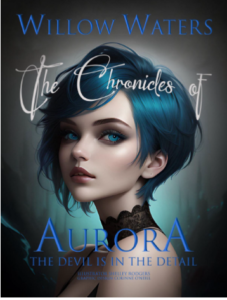
And the second influence David LaChapelle is an American photographer, music video director and film director. He is best known for his work in fashion, photography, which often references art history and sometimes conveys social messages. His photographic style has been described as
“hyper-real and slyly subversive” and as “kitsch pop surrealism”. Once called the Fellini of photography, LaChapelle has worked for international publications and has had his work exhibited in commercial galleries and institutions around the world.
Teddy Hayes – What do you look for in a face to make it uniquely photographable?
Shelley Rodgers – If I like what I’m shooting it’s exciting. If I don’t like it just doesn’t flow or work for me, but I snap away but 99 times out 100 no one can tell the difference. Sometimes I’m just drawn to a person, and I muse a way. I genuinely think every face is interested to shoot, the beauty about life is that we are all unique and each of us have different personalities, face characteristics and personalities and each person has their own characteristics such as bone structure, skin, eyes, mouth, hair, facial structure which makes shoots portrait so interesting and exciting because no two people are the same. Teddy Hayes – You are master at lighting; how long did it take you to learn this skill?
Shelley Rodgers – Photography in the 80s and 90s was a man world in the department where I worked for many years, I was the only female which presented it challenges on a day-to-day basis. Especially will EQUAL pay and EQUAL respect. I started working in a studio during my BA to make ends meet and just adored it however most of the male employees got the good jobs regardless of talent and the female staff where in sales and printing and framing.
A plus point was when I started teaching I had access to a studio all the time with lots of equipment which was evolving all the time and replaced to the latest spec every year so I was spoilt for choice during my tenure at SERC and was extremely knowledgeable about all the latest tech which I miss dearly. I was there 15 years – 20 years.
Teddy Hayes – when you started with photography, lots of people were still using film cameras as opposed to digital cameras, how did you make the adjustment?
Shelley Rodgers – I did not like it at the time because it opened the photography world to the masses and competition became fierce with the possibility of employment for many people difficult and it still is. Now it seems normal, and AI is the next challenge in the photographic and image world. I’m super excited to see how that evolves but I believe should be licensed heavily. But it’s out now, it will be interesting to see how it pans out. I’ve a lot to say on this subject but I’ll keep that for next time.
Teddy Hayes – Do you think that because anyone and everyone can be an amateur photographer with their mobiles that the art of photography was suffered?
Shelley Rodgers – Yes and the careers of artists and photographers like me because everyone had access to mobile phones with extremely power camera built in. After the paps started making money and the internet and cctv in the 90s everything changed. But the evolution of lens intrigues me, and it always will. How far will it go?????
Teddy Hayes – Your photograph often times involves making the subject up, especially when you are creating personalities, how do you come up with the ideas for your creations.
Shelley Rodgers – They just happen. What I see I interpret in my own way. Especially recently. It all comes extremely natural to me. I enjoy the creative shoots very much. To create these shoots sometimes there can be months of preparation for one shoot and sometimes even one image. I class these particular images created as my personal work, this is ongoing and will continue the rest of my life.
Teddy Hayes – You have worked on many different genres on Photography such as Portraiture, Commercial, Creative, Fashion, music and many many others. Tell us a bit about which you feel more comfortable in and which area you are drawn to the most?
Shelley Rodgers – Personally I love studio work and the creative shoots. Generally, I have found that each area of portrait photography is equally challenging however some
subjects find it difficult and that makes a shoot very complex, mainly because they are uncomfortable and nervous so
It is important make people feel at ease. Whereas others you just sail through. Also there seems to be a lot of inexperienced photographers because cameras are now extremely accessible or because they are friends of friends getting jobs in the industry and trained photographers are being overlooked because of the digital transition which could ‘not have happened with film photography mostly because it was accessible and also it was too expensive, time consuming and complicated for the general public.
Teddy Hayes – You are also a very good artist, as in you can draw things on paper, and you have recently created a whole world of characters for one of your books and then made portraits of them. How did this project come about?
Shelley Rodgers – I created Aurora for my niece Maya. It started off with me telling her story’s when she was a baby. From this I began to draw out characters such as Aurora herself, Astra her guardian and array of friends and tribes in different worlds that they can be accessed through portals. This process is ongoing and has the possibilities of lasting a lifetime. I get my inspiration from people that I meet and situations that happen in my life. For an example there is a chapter where Aurora meets two sisters one of them represents Life, she is a vibrant, radiant character called Anastasia. The other sister is called Azrael and is a dark character that tries to influence Aurora into making bad decisions. She tries to hurt Aurora in many different sneaky ways, but Aurora outsmarts her and banishes her to a locked world where she can’t hurt anyone else. I absolutely this fantasy world and hope to continue this ongoing work for some time to come. I will be releasing extracts in each World Equal magazine and hope to publish if fully when I’m ready and I get a publisher to pick it up fingers crossed.
Teddy Hayes – I know you are starting to work with AI, how will you use AI to change or take your photography to another stage in the future.
Shelley Rodgers – Once I have the image which I have taken and is my original work. I’m working with various programmes, testing and playing to see how it all works. I’m enjoying it.
Teddy Hayes – What is the most important thing you would reel any young photographer who wants to follow in your shoes and become a professional photographer.
Know your history and it’s a competitive industry. Do it for love.
